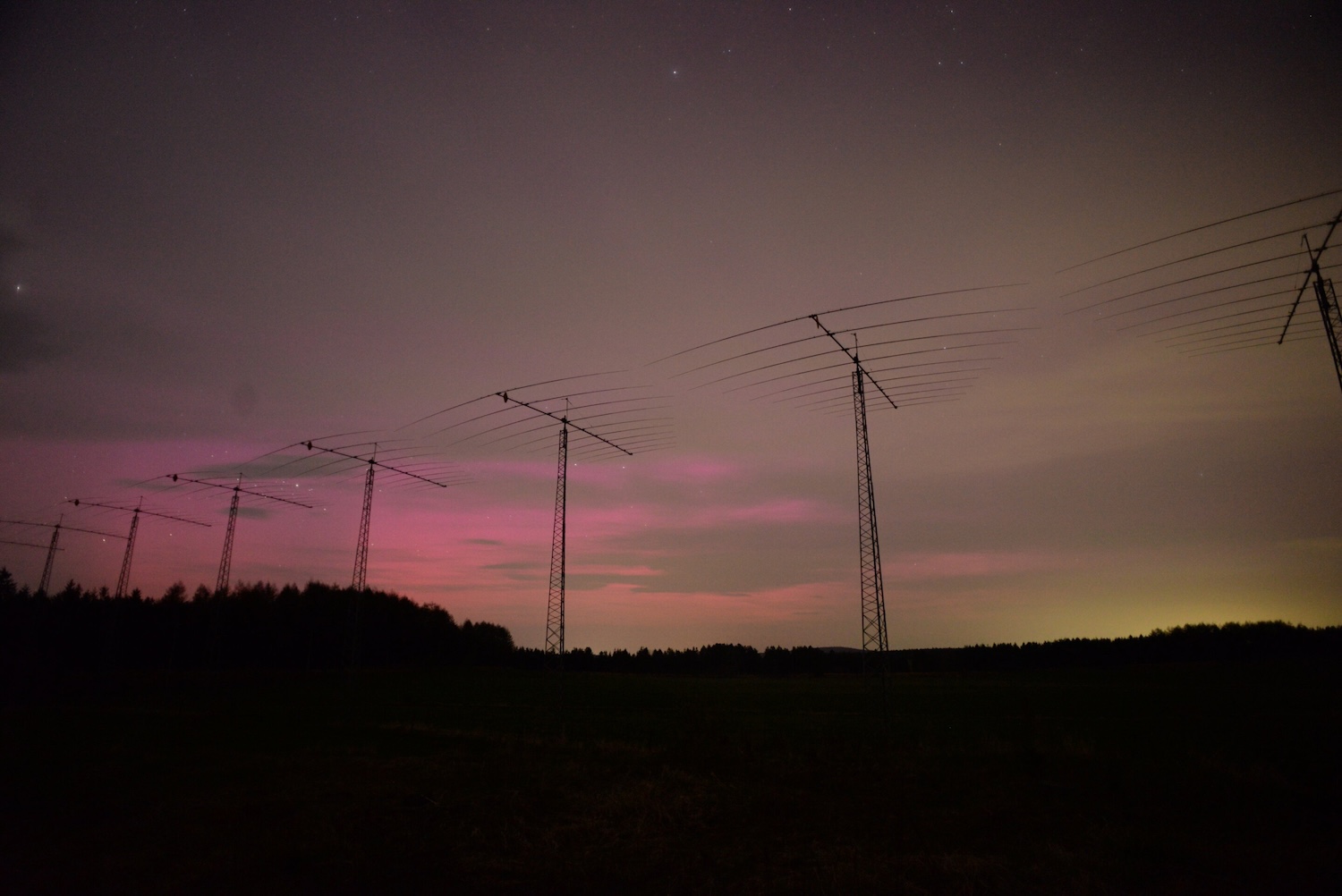Last year, the most violent geomagnetic storm to strike Earth in over two decades did more than disrupt GPS systems and internet connections. According to a study published today in the journal Earth, Planets and Space, superstorm Gannon also squeezed the planet’s protective layer of ionized particles to one-fifth its normal size.
What was superstorm Gannon?
Geomagnetic storms aren’t rare occurrences, but most of them remain relatively benign. However, especially strong examples like the Carrington Event of 1859 are a major concern in a society reliant on telecommunications, electrical grids, and satellite arrays. Recent natural disaster drills indicate that international contingency plans require serious improvements in order to properly safeguard against the next inevitable geomagnetic superstorm. However, in order to accomplish that, researchers need to better understand how the events affect and alter the planet’s protective layers like the plasmasphere.
Earth received its strongest event in more than 20 years on May 10, 2024. Known as the Gannon or Mother’s Day storm, it was not as massive as the Carrington Event, but still bombarded the planet with plumes of supercharged, ionized solar particles from multiple coronal mass ejections. Although the resulting auroras were visually spectacular, they foreshadowed Gannon’s disruption to GPS systems, satellites, and electrical infrastructure.

A perfectly placed satellite
Environmental and atmospheric researchers have spent over a year analyzing the vast quantities of geomagnetic storm data collected by various tools around the world. One of the best sources of information has been Arase, an orbital satellite launched by the Japan Aerospace Exploration Agency (JAXA) in 2016.
Arase circles Earth at an apogee altitude of around 19,950 miles within its protective layers of plasma waves and magnetic fields known as the plasmasphere. This positioning meant that the satellite was perfectly positioned to observe what happened when the Gannon storm passed across the planet.
“We tracked changes in the plasmasphere using the Arase satellite and used ground-based GPS receivers to monitor the ionosphere—the source of charged particles that refill the plasmasphere,” study coauthor and Nagoya University Institute for Space-Earth Environmental Research Monitoring professor Atsuki Shinbori said in a statement. “Both layers showed us how dramatically the plasmasphere contracted and why recovery took so long.”
The plasmasphere is critical to blocking much of the deadly cosmic radiation that regularly hits Earth from the sun and deep space. Without it, satellites simply wouldn’t survive long and technology like GPS navigation would be virtually useless. The plasmasphere’s outer boundary normally extends around 27,340 miles above Earth, but Arase recorded Gannon’s immense power. Within nine hours, the plasmasphere contracted down to 5,965 miles–around one-fifth its original width. When all was said and done, it took about four days for the plasmasphere to recover.
“We found that the storm first caused intense heating near the poles, but later this led to a big drop in charged particles across the ionosphere, which slowed recovery,” explained Shinbori. “This prolonged disruption can affect GPS accuracy, interfere with satellite operations, and complicate space weather forecasting.”
Helping plan for the next storm
The plasmasphere usually takes a day or two to recharge from most solar storms, but Gannon offered a unique situation called a negative storm. In these events, the ionosphere’s particle levels decrease dramatically over wide regions of the planet, after high heat alters atmospheric chemistry. This lowers the amount of oxygen ions, which are required to make the hydrogen particles that repair the plasmasphere.
“The negative storm slowed recovery by altering atmospheric chemistry and cutting off the supply of particles to the plasmasphere. This link between negative storms and delayed recovery had never been clearly observed before,” said Shinbori.
With these effects finally documented, researchers including Shinbori can better understand how Earth’s plasmasphere manages to recover after especially powerful geomagnetic storms. And just as importantly, they are learning how long it takes to fully recover.






